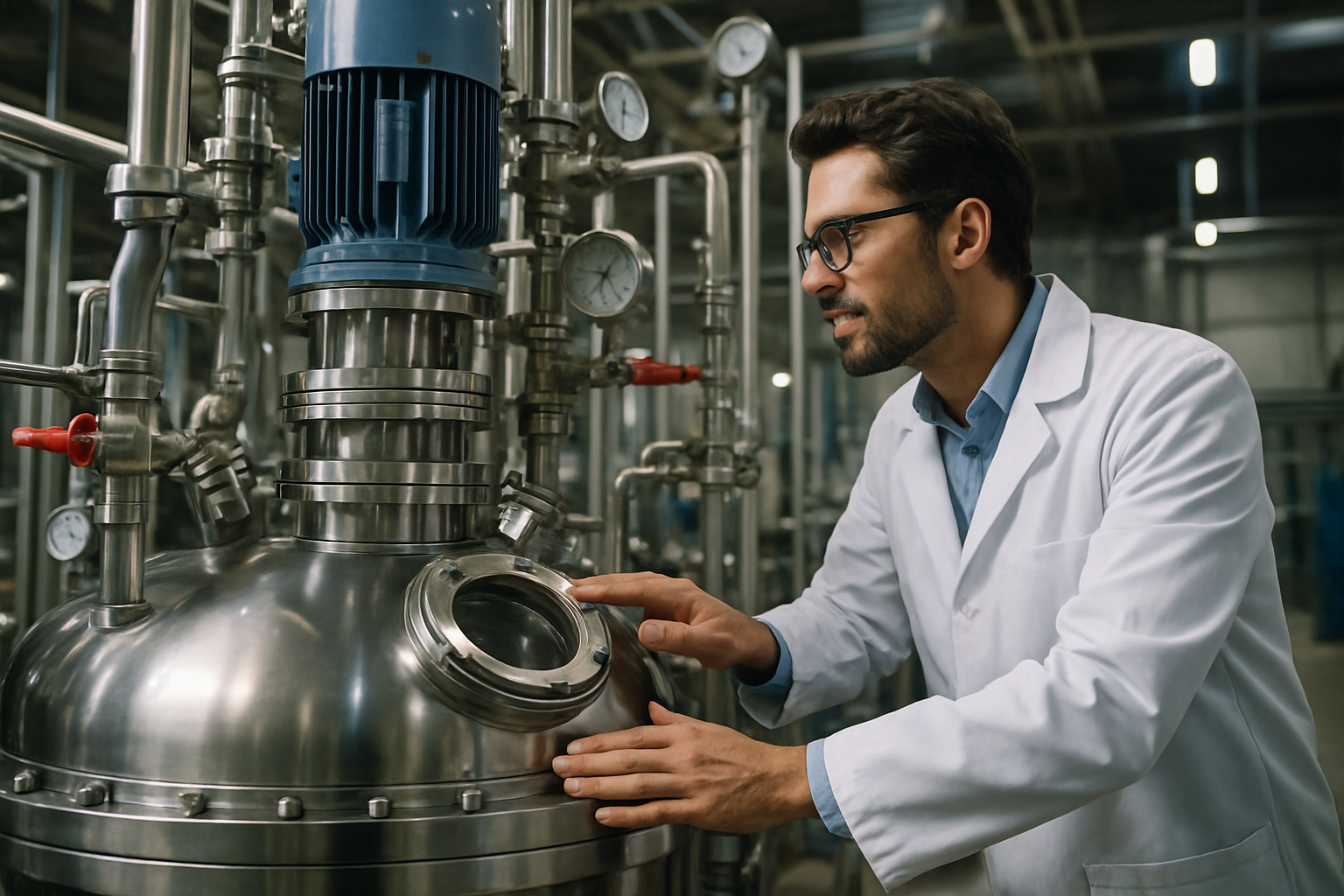The Resurgence of Mechanical Fuel Injection: A Technological Throwback
The mechanical fuel injection system, once a hallmark of high-performance cars in the golden era of automotive engineering, is making a surprising comeback. Changing emission norms and the demand for better fuel efficiency are driving this resurgence. This article dives deep into the world of mechanical fuel injection, its historical context, recent advancements, and its impact on today's automotive industry.

Introduction
Consider this: a technology considered archaic, pushed into oblivion by electronic systems, is now being revived and refined for a new era of automobiles. That’s the story of mechanical fuel injection, an old-school technology that’s sparking interest once again.
The Golden Era of Mechanical Fuel Injection
Mechanical fuel injection systems were a staple in high-performance cars from the 1950s to the early 1970s. These systems, known for their precise fuel delivery and overall reliability, were a significant development in the automotive industry. They replaced the carburetor, providing better control over fuel-air mixture and improving engine performance. However, the advent of electronic fuel injection systems in the 1980s led to the decline of mechanical fuel injection, which was deemed too complex and less adaptable to changing engine conditions.
The Modern Revival
In recent years, we’ve seen a resurgence of mechanical fuel injection systems, particularly in professional racing and performance tuning circles. The key reasons behind this revival are the systems’ reliability, durability, and ability to deliver exceptional performance under high-stress conditions. Modern mechanical fuel injection systems have been refined and improved, incorporating elements of electronic control while retaining the robustness and reliability of mechanical components.
Current Trends and Applications
There’s a growing trend among auto manufacturers and performance tuning firms to explore mechanical fuel injection for specific applications. This trend is driven by the need for reliable, durable, and efficient fuel delivery systems in high-performance and harsh operating conditions. For example, in endurance racing, mechanical fuel injection can provide an edge over electronic counterparts. These systems are also being considered for off-road vehicles, where their robustness can be an advantage.
Impact and Challenges
The revival of mechanical fuel injection has its pros and cons. On the positive side, it offers an alternative to electronic systems, particularly in demanding applications. It also provides opportunities for innovation and diversification within the automotive industry.
However, there are challenges too. Mechanical fuel injection systems are more complex than their electronic counterparts and require specialized knowledge to maintain and troubleshoot. Furthermore, while these systems can meet current emission standards, stricter future norms may pose a challenge.
Conclusion
The resurgence of mechanical fuel injection is an intriguing development in the automotive industry. While it’s not likely to replace electronic systems in mainstream cars, it could carve out a niche in high-performance and specialty applications. As the industry continues to evolve and innovate, the revival of this time-tested technology offers an exciting avenue to explore. As always, the balance between technology, performance, and environmental impact will be key to its success.




